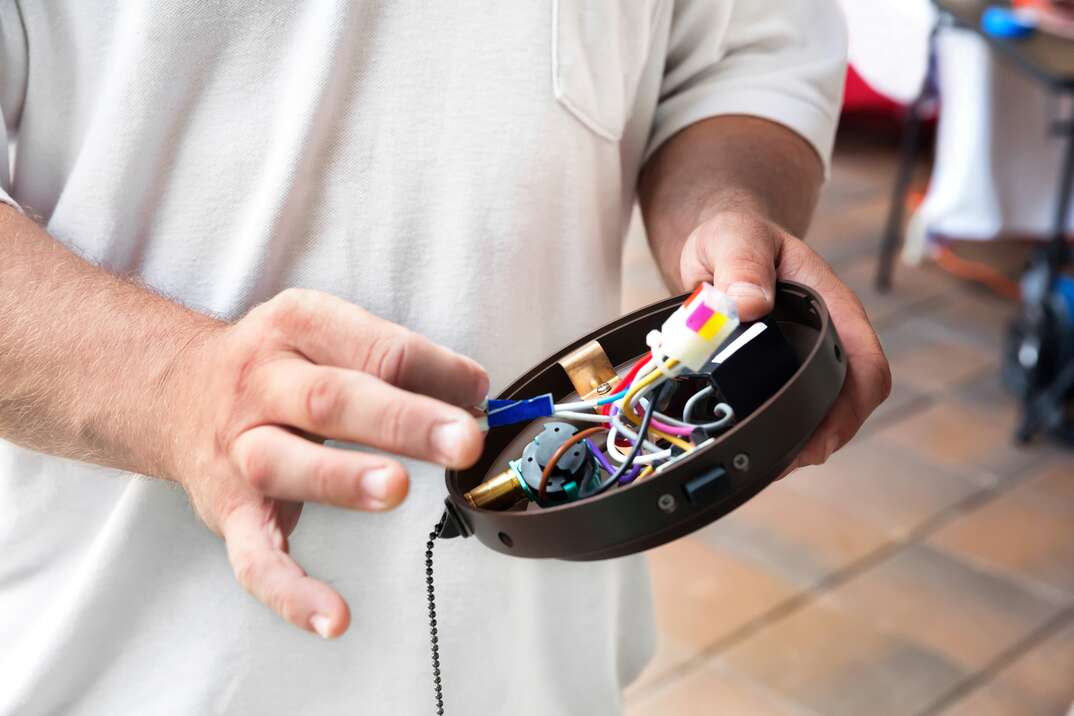How to change a Furnace Filter

Want to keep warm and breathe easy when the temperature drops? Swapping out clogged filters is one of the most important furnace maintenance steps to make sure your home’s forced-air heating system is in good working condition.
Unlike installing a new furnace unit, changing the filter is a basic project you can complete in 10 minutes or fewer. Check out our list of furnace filter FAQs to learn how to change a furnace filter with confidence.
What happens when Filters aren’t changed regularly?
A dirty air filter can lead to poor indoor air quality and restricted air flow. When dust particles and dirt clog the filters, the system has to work harder to heat your spaces. This can bring on maintenance issues or system failures while aggravating allergies and causing a spike in your energy bills. A clean furnace filter promotes heating efficiency and healthier, purified air.
How do you know when to change your Furnace Filter?
According to ENERGY STAR, you should change your furnace filter every three months — and more frequently during the winter when your heat is on all the time. Pet dander and other environmental influences may clog filters more quickly. It's a good idea to check your air filter once a month to see if it needs replacing before the three-month mark.
Is a Furnace Filter the same as an AC Filter?
Yes, these are one and the same if your home has a central heating and air conditioning system, if your home uses one air handler for separate cooling and heating systems or if you have a heat pump instead of a traditional air conditioner and furnace system. But if you have separate wall-mounted AC units, these will not rely on your furnace filter.
Do you have to turn off the Furnace to change the Filter?
Yes, this is the safest thing to do. It’s important to shut off the power source to your appliance before beginning any furnace maintenance.
Where is the Filter located?
After switching off the power, you can find the filter inside the unit near the blower motor. It will usually be positioned vertically behind an access panel near the bottom of the furnace.
Where can you buy a New Filter?
Home improvement centers, hardware stores, local HVAC contractors and online retailers sell furnace filters.
How tight should a Furnace Filter fit?
When you remove the existing filter, take note of the dimensions printed on its frame. Your new filter will need to match this size for the system to run efficiently. It should fit snugly but not so tight that you can’t easily slide the filter in and out.
What kind of Furnace Filter should you choose?
You can consult a sales associate for guidance, or try different kinds until you find the one that works best in your home. Disposable filters include pleated paper models and fiberglass filters. You may want to consider a reusable, washable filter with a plastic frame that will be more eco-friendly. Either way, check the minimum efficiency reporting value (MERV) to see how well the filter can capture particles of different sizes.
How do you clean a reusable Furnace Filter?
If you’re cleaning a reusable filter instead of changing it out for a new disposable one, you’ll be glad to know that reusable filters are easy to clean. According to Hunker, all you need to do is vacuum it and then rinse it off completely to remove any debris. Just wait until the filter is completely dry before reinstalling it.
How can you remove and insert a Furnace Filter?
With the appliance’s power shut off, open the access panel and pull out the existing filter. Check for arrows on the filter’s frame that indicate the proper air flow direction. In most cases, this arrow will point to the top of the furnace. Follow these guides to slide in the new or clean filter in the same direction.
What else can you do?
Once you know how to change a furnace filter, you can help keep your heating system happy between regular HVAC unit tune-ups. But if you're having trouble with your home heating system, even with clean air filters, additional repairs or replacements may be necessary.
Be prepared with plans from HomeServe, which can help offset the costs of covered repairs.


